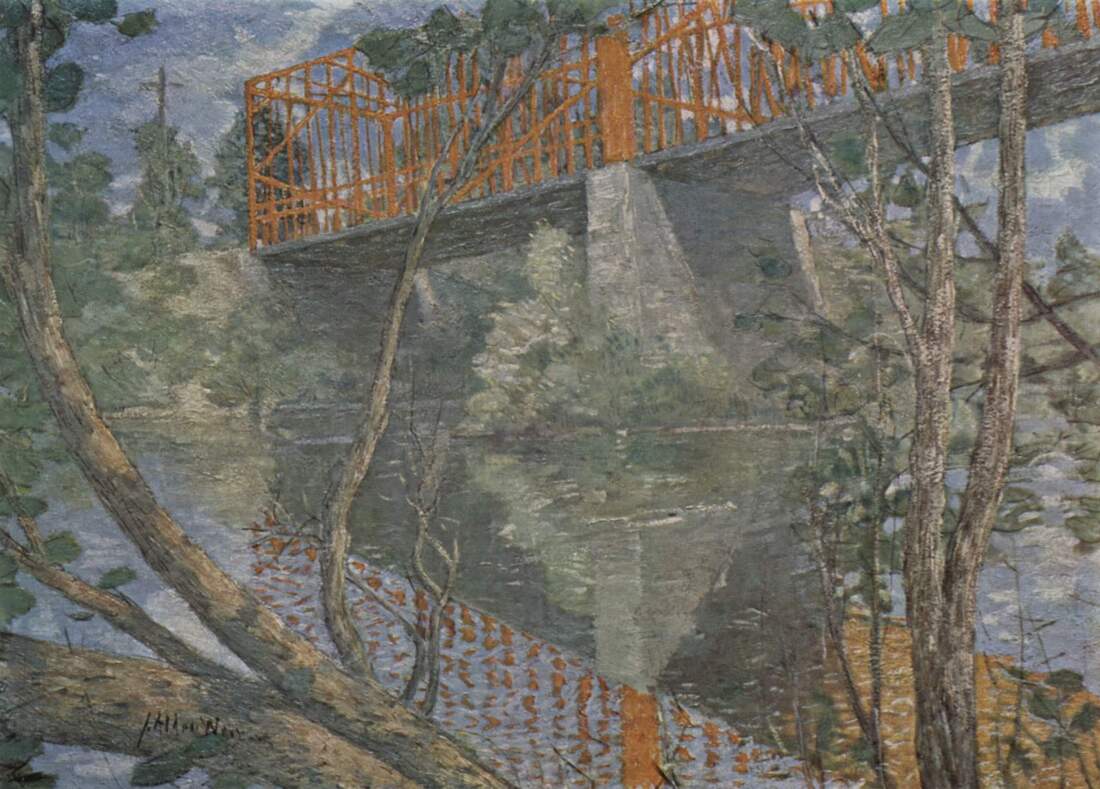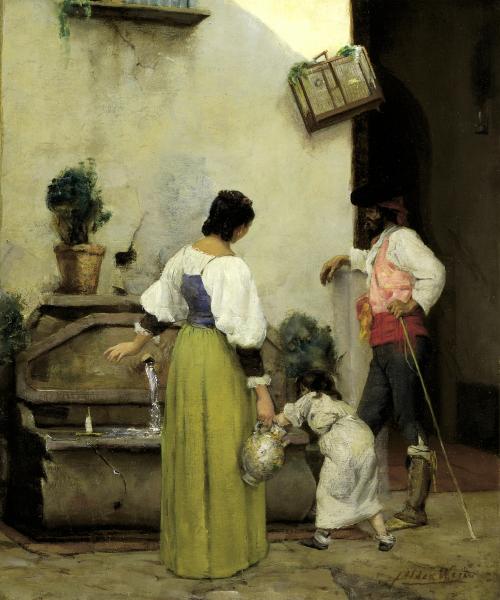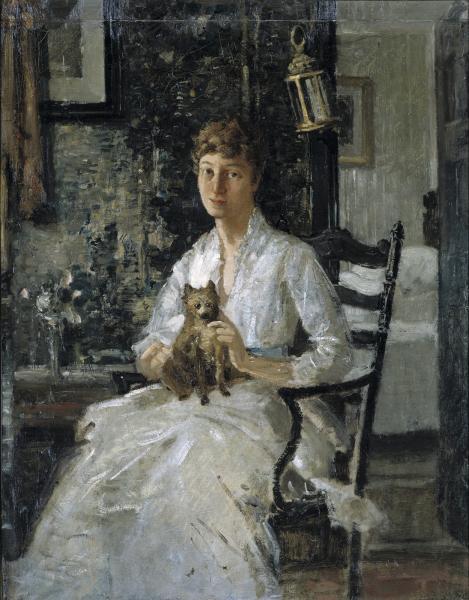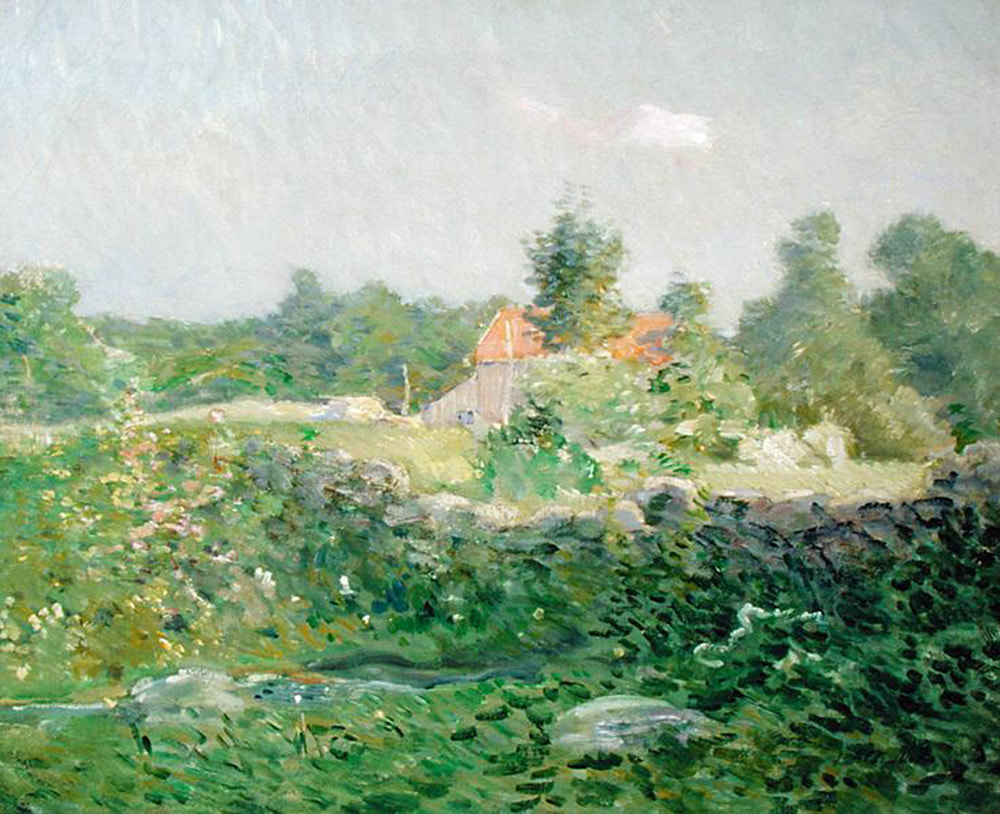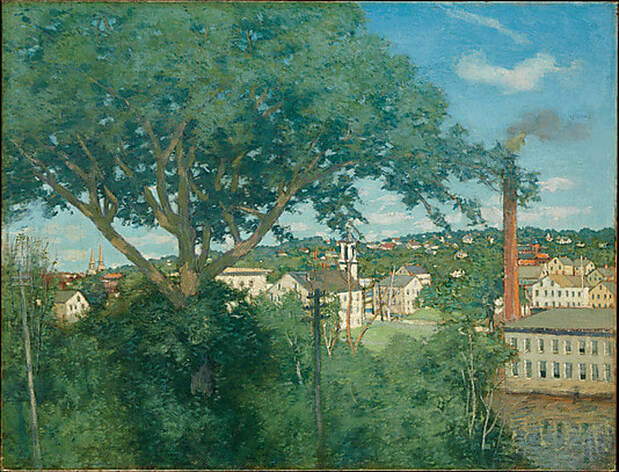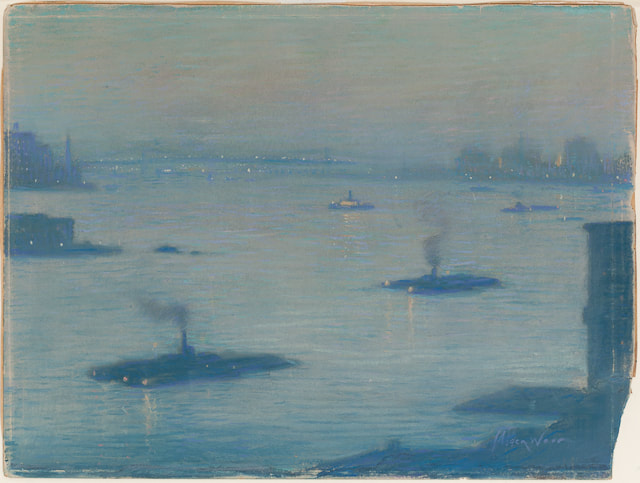AN APPRECIATION: J. Alden Weir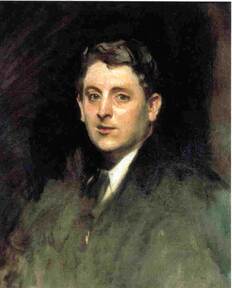 J. Alden Weir by John Singer Sargent J. Alden Weir by John Singer Sargent
Julian Alden Weir was a leading figure in the American Impressionist movement. However, it was not a case of love at first sight. Weir's interest in Impressionism evolved over a career in which he explored several different styles.
Weir was born at West Point, New York on August 30, 1852. His father taught drawing there at the U.S. Military Academy. Julian's older brother was a respected landscape artist and would go on to be instrumental in developing the School of Fine Art at Yale University. Naturally, the family encouraged Julian's interest in art. When he was seventeen, he enrolled at the National Academy of Design in New York City. Then, in 1873, a family friend, Mrs. Bradford Alden, agreed to finance the young artist's study in Paris, then the capital of the art world. In tribute to her generosity, Weir stopped using his first name and called himself “J. Alden Weir.” In Paris, Weir studied at the prestigious but conservative Ecole des Beaux Arts. His primary instructor was Jean-Leon Gerome. He also became friends with the young French artist Jules Bastien-Lepage. In addition, Weir visited the Louvre and other museums to study the works of the Old Masters. Weir's style at this point was derived from the academic style although he felt that it was important for an artist not to be constrained by any particular set of rules. At the same time that Weir was studying in Paris, the group of avant garde artists who would come to be known as the Impressionists were holding exhibitions. Weir visited the Third Impressionist Exhibition in 1877 and was appalled by this “Chamber of Horrors.” Returning to the United States that same year, Weir settled in New York City. He developed a comfortable practice of painting portraits and still lifes. In addition, he taught art at the Art Students League of New York and at Cooper Union. Weir became well-known in the New York art community. Although he continued to exhibit at the National Academy of Design, Weir became an early member of the Society of American Artists, a group formed to exhibit their works outside of the rigid structure of the National Academy. He also sent works to Europe for exhibition at the conservative Paris Salon. His practice produced sufficient income for Weir to begin collecting art. He made several trips to Europe in order to add to his own collection as well as to advise various patrons of the arts on purchases for their collections. During one European trip, Weir was copying a painting by Velazquez in the National Gallery in London. He noticed that a man kept walking back and forth behind him looking at Weir's canvas. Finally, the man stopped and commented “Not bad at all.” The man was James Abbott McNeill Whistler. Whistler's style was to have an influence on Weir. Along the same lines, during a trip to Paris, Weir ran into William Merritt Chase, who he knew from New York. Weir was on a mission to purchase paintings for New York collector Erwin Davis. Chase introduced Weir to Paul Durand-Ruel, the primary art dealer for the Impressionists and their circle. Apparently, no longer horrified by the avant garde, Weir was persuaded to purchase two paintings by Edouard Manet. Back at home, Weir became interested in Japanese prints. Seeing that the Japanese artists had also influenced the Impressionists, Weir also became increasingly interested by Impressionism. He wrote to his brother enthusiastically about the Impressionist exhibition Durand-Ruel held in New York in 1886. Eventually, Weir became a leader of the American Impressionist movement. Meanwhile, in 1882, one of Weir's students introduced him to Anna Dwight Baker. The two fell in love and were married in 1883. During the couple's engagement, Erwin Davis offered to exchange a farm that he owned in Branchville, Connecticut for a painting that Weir owned. Although Weir liked city life, the idea of having a summer country home for his family appealed to him. Therefore, Weir made the deal. The couple took up residence at the 153-acre farm following their honeymoon in France. Over the years, Weir expanded the farm and enhanced its features both to facilitate making art and to accommodate visiting artists. The farm was to provide inspiration for many of Weir's landscapes. In addition, artists such as Childe Hassam and John Singer Sargent stayed there. Weir's close friend John Henry Twachtman also stayed there and purchased property nearby. Weir's farm is now a National Historic Site. In 1892, tragedy struck when Anna died of complications from childbirth. Leaving his three girl's in the care of his wife's sister Ella, Weir traveled in order to overcome his grief. He spent several months in Chicago painting a mural for the Columbia Exposition. Through letters, he came to realize that Ella could fill the void in his life and they were married in 1893. By now, Weir's style had become solidly Impressionistic. In 1891, he had a one-man show in New York in which critics commented on his change in style. In 1893, the American Art Association held an exhibition in which works by Weir and Twachtman were hung with works by Claude Monet and Paul Besnard. In 1897, Weir, Twachtman, Hassam and seven other artists joined together to form "Ten American Painters," also known as “The Ten.” The group came about because the Society of American Artists did not take Impressionism as seriously as more traditional styles. The Ten wanted an alternative where they could exhibit their works together in a stylistically coherent fashion. While never abandoning Impressionism, elements of his youthful academic style resurfaced in some of Weir's works in the new century. He also produced a number of views of New York done in a style similar to Whistler's nocturnes. Along with some of the other members of the Ten, Weir exhibited at the 1913 Armory Show in Manhattan. The show introduced some of the new styles of Modern Art to America. Impressionism was no longer avant garde. Indeed, as seen by Weir's election as president of the National Academy of Design and his appointment to the board of directors of the Metropolitan Museum of Art in 1915, American Impressionism was now mainstream. Weir died of heart failure in 1919. |
Above: Weir's best known work: "The Red Bridge."
Below: "At The Water Trough", an early work by Weir. Above: The artist's first wife, Anna Baker Weir, "Portrait of A Lady and Her Dog."
Above: Weir's farm in Branchville, Connecticut. "Landscape and Farm."
Below: "Factory Village." Weir painted a number of paintings of factories in Connecticut. Above: "East River," a scene reminiscent of James Abbott McNeill Whistler's scenes of the Thames in London.
|
Artist appreciation - J. Alden Weir
